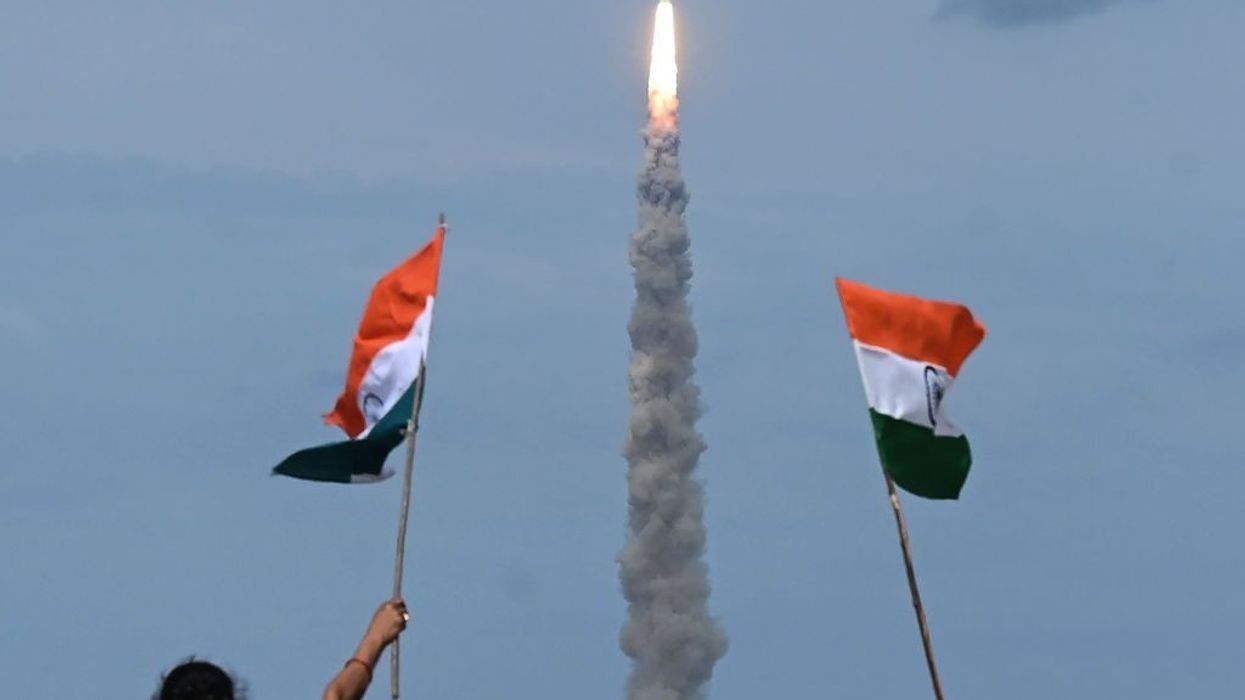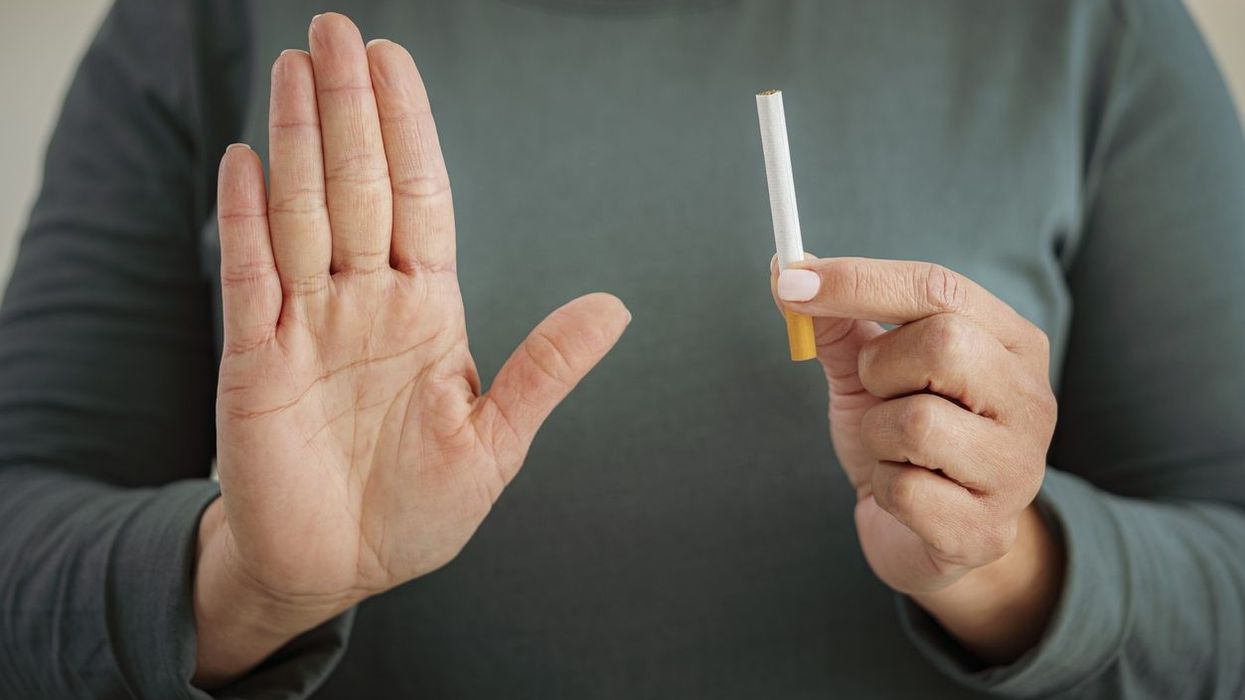LONG-TERM allies India and Russia are in a race to the moon, it emerged last week.
India’s space agency said last weekend it successfully carried out an orbit reduction manoeuvre of the country’s third moon mission, Chandrayaan-3, days after Russia said last Friday (4) it will launch its first lunar landing spacecraft in 47 years to the south pole of the moon, a potential source of water to support a future human presence there.
The launch from the Vostochny cosmodrome, 3,450 miles (5,550 km) east of Moscow, will take place four weeks after India sent up the Chandrayaan-3 lunar lander, due to touch down at the pole on August 23.
Rough terrain makes a landing there difficult, but the south pole is a prized destination because scientists believe it may hold significant quantities of ice that could be used to extract fuel and oxygen, as well as for drinking water.
Russian space agency Roscosmos said in reply to questions from Reuters that its Luna-25 spacecraft would take five days to fly to the moon and then spend five to seven days in lunar orbit before descending on one of three possible landing sites near the pole - a timetable that implies it could match or narrowly beat its Indian rival to the moon's surface.
Roscosmos said the two missions would not get in each other's way because they have different landing areas planned.
"There is no danger that they interfere with each other or collide. There is enough space for everyone on the moon," it said.
Chandrayaan-3 is due to run experiments for two weeks, while Luna-25 will work on the moon for a year.
The launch, originally planned for October 2021, has been delayed for nearly two years. The European Space Agency had planned to test its Pilot-D navigation camera by attaching it to Luna-25, but broke off its ties to the project after Russia invaded Ukraine in February last year.
Last Sunday (6), the Indian Space Research Organisation said its next operation was scheduled for Wednesday (9).
“The spacecraft successfully underwent a planned orbit reduction manoeuvre. The retrofitting of engines brought it closer to the moon's surface, now to 170 km x 4,313 km. The next operation to further reduce the orbit is scheduled for August 9, 2023, between 1300 and 1400 hrs IST,” ISRO tweeted last Sunday.
There will be three more moon-bound manoeuvres till August 17, following which the landing module, comprising the lander and rover, will break away from the propulsion module.
Following this procedure, de-orbiting manoeuvres will be carried out on the lander before the final descent on the moon.
According to ISRO, Chandrayaan-3 will attempt a soft landing on the moon's surface on August 23.
In over five moves in the three weeks since the launch on July 14, ISRO has been lifting the Chandrayaan-3 spacecraft into orbits farther and farther away from the earth.
Chandrayaan-3 is a follow-on mission to Chandrayaan-2 and comprises an indigenous propulsion module, a lander module and a rover to develop and demonstrate new technologies required for inter-planetary missions.
The lander and the rover have scientific payloads to carry out experiments on the lunar surface.
(Agencies)
Russia, India in race to explore moon
Moscow's Luna-25 could match or narrowly beat Chandrayaan-3 which is due to land on the lunar south pole on August 23












